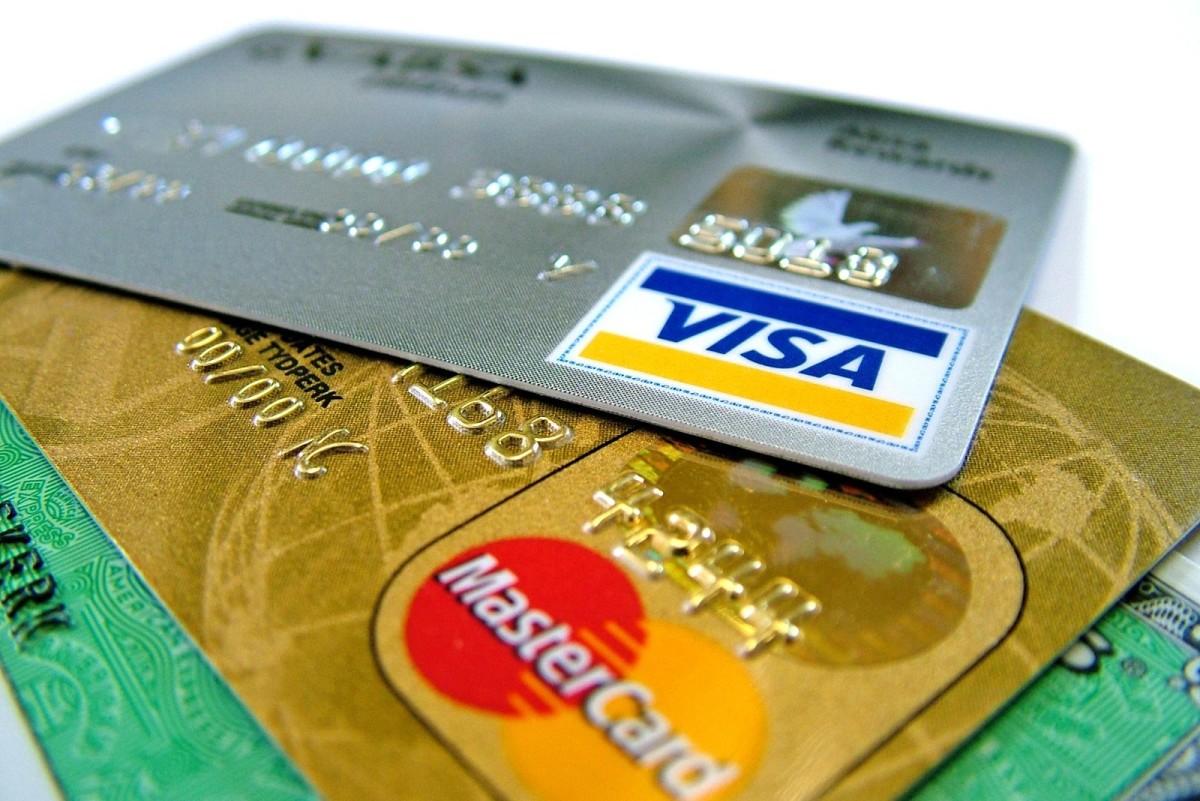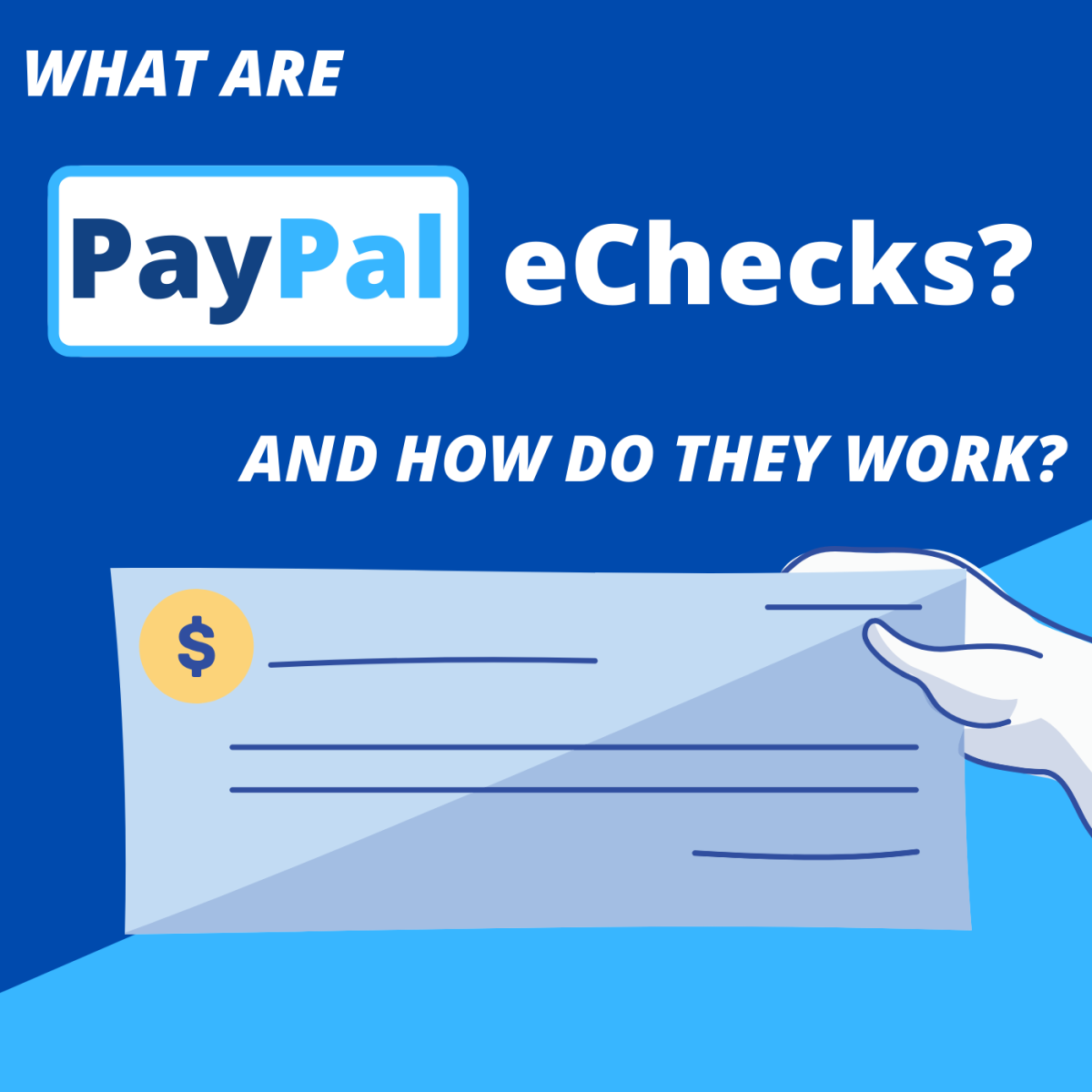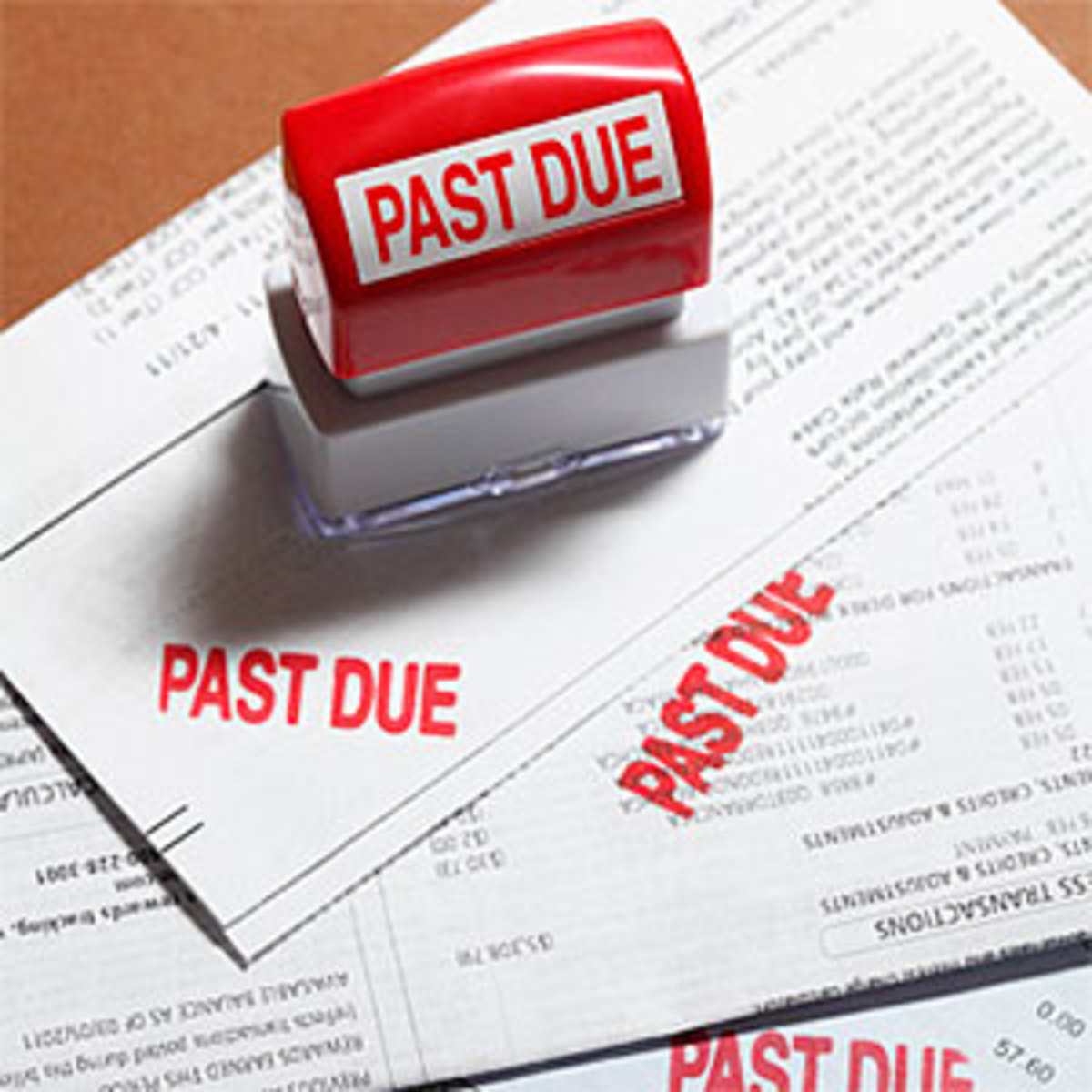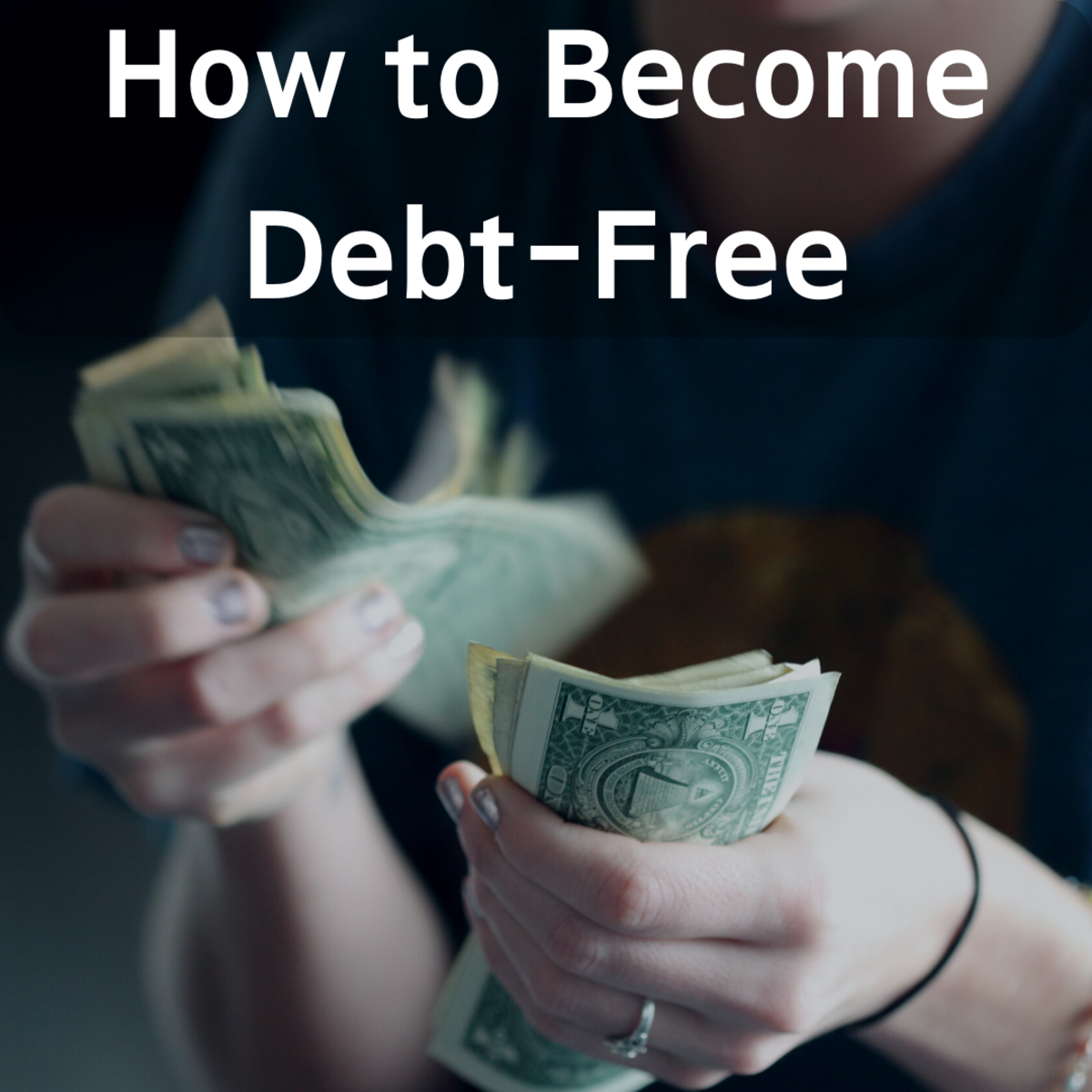The Debt Snowball Method Really Works
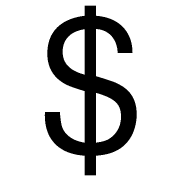
Why Does the Debt Snowball Work?
Dave Ramsey is one of the major figures who supports the debt snowball method. He states that mathematically, paying off the debts with highest interest rates makes the most sense financially. But, most people don't have the willpower or determination to do it this way.
The debt snowball method is successful because it works with the concept that personal finance is 20% head knowledge and 80% behavior. It uses positive reinforcement of our behavior by attacking the smallest balances first. This gives us something solid, sooner, to show us that what we are doing is working. Once we realize we are succeeding, we are likely to be excited to continue the behavior.
Make extra money everyday writing for HubPages about things you're passionate about.
Debt Snowball Steps
- Identify your debts. Make a list of all your debts in order from the smallest balance to the largest balance. Include the name of the debt, the balance and the minimum payment. For the typically person, there is no need to list the interest rate unless you have two debts with the same balance. If this is the case, list the debt with the higher interest rate out of the two first.
- Determine how much extra your budget allows. Create a budget including all of your bills and all of your income. Make sure the minimum payment on your debts is included in your bill count. Determine how much money is left over from your budget, that is available to pay as extra toward your debts, once all bills are paid. Even if it is only 20 dollars, it will add up and be useful.
- Make the minimum payment on all of your debts. Make sure that you are still making your minimum payments on all of your debts. You don't want to be adding anything to your balance because of missed payments or late fees. But, you do not want to pay anything more than the minimum on any debt, other than the debt with the smallest balance. You want to focus everything extra you have on that debt.
- Pay the extra toward the debt with the smallest balance. When you are making your payments, add the extra amount from your budget to the payment you make on your lowest balance debt. This should be in addition to the minimum payment.
- Move on to the next smallest debt. Once you have paid off the lowest balance debt, you will want to repeat steps 3 and 4 using the next debt on the list. But, now that you no longer have the minimum payment for the debt you just paid off, you can put that amount towards the next debt as well. This is what creates the snowball effect. Every Time you pay a debt off, the money used for it's minimum payment can be combined with the previous one to make a larger payment. This is the momentum you create that encourages you to keep going.
- Repeat.Repeat steps 3, 4 and 5 until all of your debt is gone. Congratulations, your debt free. Now, focus on staying debt free.
Sample Debt Sheet
Debt
| Balance
| Minimum Payment
|
|---|---|---|
Credit Card A
| 300
| 50
|
Credit Card B
| 450
| 50
|
Student Loan
| 5000
| 100
|
Auto Loan
| 7000
| 200
|
Debt Snowball in Action - Balances
Month
| Credit Card A
| Credit Card B
| Student Loan
| Auto Loan
|
|---|---|---|---|---|
Beginning Balance
| 300
| 450
| 5000
| 7000
|
1
| 200
| 400
| 4900
| 6800
|
2
| 100
| 350
| 4800
| 6600
|
3
| 0
| 300
| 4700
| 6400
|
4
| 150
| 4600
| 6200
| |
5
| 0
| 4500
| 6000
| |
6
| 4250
| 5800
| ||
7
| 4000
| 5600
| ||
8
| 3750
| 5400
| ||
9
| 3500
| 5200
| ||
10
| 3250
| 5000
| ||
11
| 3000
| 4800
| ||
12
| 2750
| 4600
| ||
13
| 2500
| 4400
| ||
14
| 2250
| 4200
| ||
15
| 2000
| 4000
| ||
16
| 1750
| 3800
| ||
17
| 1500
| 3600
| ||
18
| 1250
| 3400
| ||
19
| 1000
| 3200
| ||
20
| 750
| 3000
| ||
21
| 500
| 2800
| ||
22
| 250
| 2600
| ||
23
| 0
| 2400
| ||
24
| 1950
| |||
25
| 1500
| |||
26
| 1050
| |||
27
| 600
| |||
28
| 150
| |||
29
| 0
|
This table does not account for any accrued interest for simplicity purposes.
Explanation of the Debt Snowball in Action
In this example, we have determined that our budget will allow us to pay an extra $50 towards our debt.
Months 1 - 3: Make the minimum payment of $50, $100 and $200 on Credit Card B, Student Loan and Auto Loan respectively. Make the minimum payment of $50 + the extra $50 from your budget on Credit Card A for a total payment of $100.
Months 4 - 5: Make the minimum payment of $100 and $200 on Student Loan and Auto Loan respectively. Make the minimum payment of $50 + the extra $50 from your budget + the $50 minimum payment from Credit Card A on Credit Card B for a total payment of $150.
Months 6 - 23: Make the minimum payment of $200 on Auto Loan. Make the minimum payment of $100 + the extra $50 from your budget + the $50 minimum payment from Credit Card A + the $50 minimum payment from Credit Card B on Student Loan for a total payment of $250.
Months 24- 29: Make the minimum payment of $200 + the extra $50 from your budget + the $50 minimum payment from Credit Card A + the $50 minimum payment from Credit Card B + the $100 minimum payment from Student Loan for a total payment of $450.

